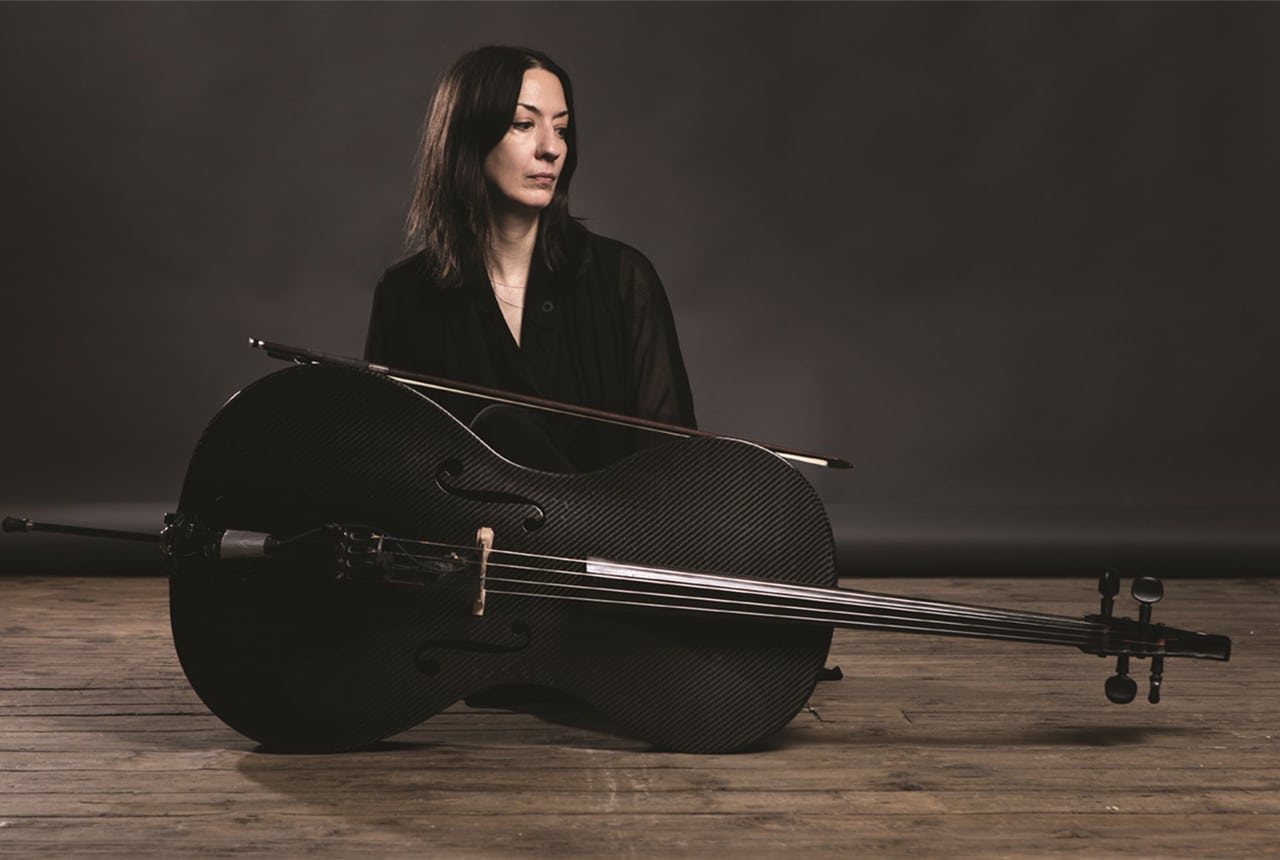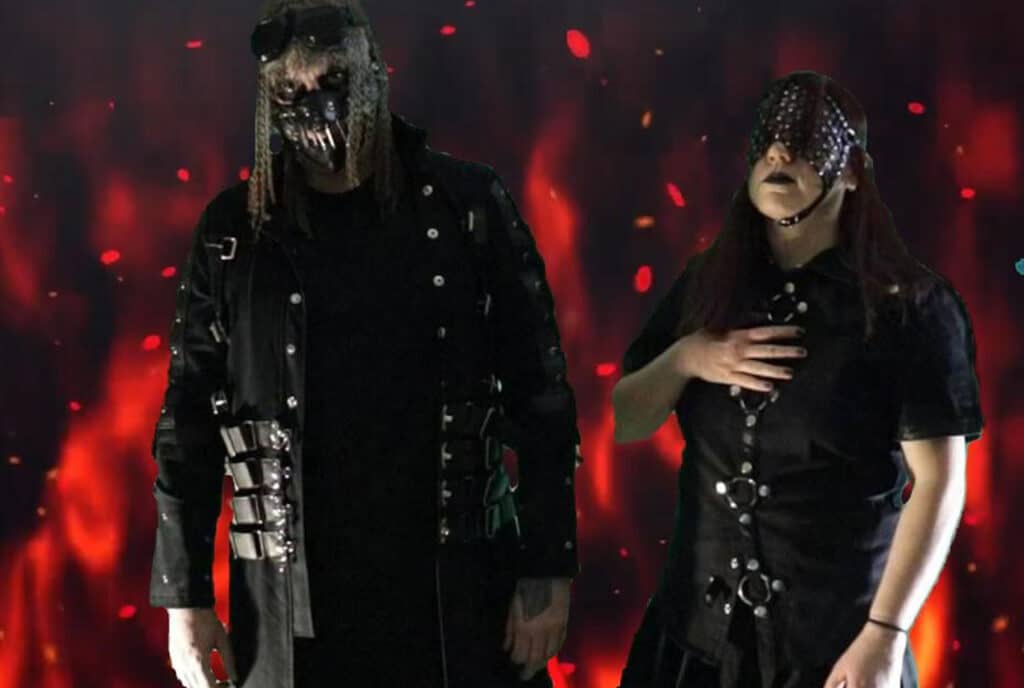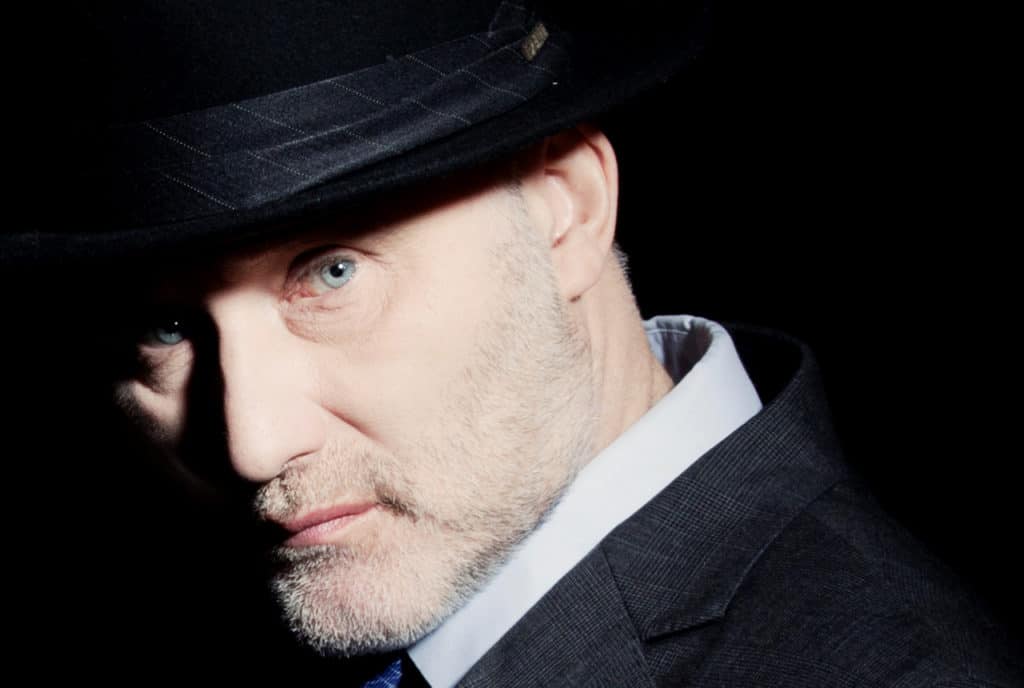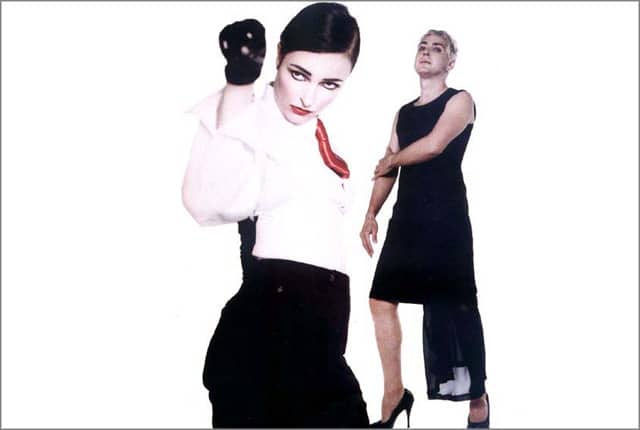Julia Kent was an original member of Rasputina and worked with a variety of other artists before establishing herself as a solo artist with 2007’s “Delay.” Her instrumental compositions combine looped and layered cello with electronic sounds. On her recently released
Much of the music on “Temporal” was originally written to accompany theatre and dance productions. Did the compositions change much from the initial versions?
Julia Kent: Well, it definitely has evolved. I had the pieces that I had made for the theater and dance, and then I thought they fit into this same musical world. Then I composed some other pieces that had a feeling as if they worked within that world as well. So, it evolved quite a lot over the course of turning it into an album. I compose using live looping and when I record, I record to Pro Tools, so I have to recreate the looping process. To play the music live, I have to go back to the looping. So, it’s like this whole circular process, and the music changes and evolves a lot in the course of that process.
What tools do you use for looping?
Julia Kent: For looping, I use an amazing software program called Super-Looper, which is free software that was developed by a genius. I’ve used it for a long time. I use it as a plug-in within Ableton Live, and it’s great because it enables you to do tons of layers and have actual separate, discrete loopers. Then in Ableton, I create an electronic element of what I’m doing. It’s a combination of those two things. So the cello is all live looping, and then I’m creating electronic elements using Ableton.
When composing, do you generally start with cello, or do electronic sounds sometimes lead the way?
Julia Kent: It varies very much depending on the track, as some begin completely with the cello. Then I add electronic elements, or maybe I don’t. I have a lot of music that’s just cello. Or, I’ll start with an electronic sound or an idea or a beat even, and then the cello will fit into that. It depends.
How did you initially get into looping?
Julia Kent: I wanted to be self-contained on stage. Starting with Rasputina, I’ve played with so many other musical projects, and it has been amazing. But for my solo thing, I wanted to be super self-contained on stage and not necessarily involved with other musicians. Looping was the logical way to do that. I love the process because it’s like you’re playing yourself, with all that entails. It’s like you’re completely responsible. With looping, there can be the accident or the mistake that gets repeated and then through the repetition, it becomes integral to the music. That for me is an exciting part of the process too. So you have a lot of control, but there’s aa lack of control, an element of chance, that can make it interesting.
How does the process differ when it comes to live performance?
Julia Kent: They definitely feed off each other, but I do tend to get a little carried away in the studio and add a million elements that I then have to figure out how to recreate live. That’s always interesting because of the recording process. I’m recording on my own, and I have all the freedom that I have to do what I want to do. Sometimes, I could make my life easier if I were a little more about how I would eventually have to do things live, to be honest.
You’d been working with other artists for a while before starting solo work. What made you decide the time was right?
Julia Kent: Well, it took me a long time to get around to it. I think the genesis for it was creating some string arrangements for people, and that’s how I developed my compositional voice, for lack of a better word. Then I did need to learn all the technology to get my own thing up and running. That was a big learning curve because I hadn’t worked with Ableton or with looping or anything like that. So, I had to learn all that, which was like a whole education in and of itself. Of course, it’s like a continuing education since things develop and they evolve, and technology evolves. It took me a while, and I was dependent on learning the technology and being able to use it as a tool.
With looping, I find it a little frustrating sometimes to work with other people because of the way I use it. It tends to be fairly rhythmic rather than ambient, so if I’m working with somebody else who has a bunch of rhythmic elements, it’s difficult to make what I’m doing fit. They have to match the loop, unless of course, you can sync. If you’re working on somebody else’s using Ableton, you can sync things up, which is great, but that’s not always feasible.
The album starts with the 12-minute “Last Hour Story.” Could you discuss that track?
Julia Kent: Since that piece is so long, I’m going to call it a suite, which sounds so pretentious. It’s like three separate factions in my mind that are all tied together. It’s a very metronomic, unvarying, pizzicato thing underneath. Then I wanted to see how far I could evolve using that unchanging thing, and how much variation I could get on top of that. That was written to accompany an Italian theater piece called “Il Tempo Scolpito,” which means “a sculpted time,” so that was my working title for that piece. Then I changed it because it seemed that I couldn’t use that title.
The theater piece was very interesting and had a lot to do with the concept of time. I think that’s obviously the concept of the whole album. It’s addressing the passage of time. The way performance is, sometimes when you’re on stage, you’re arresting the passage of time. A performance almost has its own chronology. I was thinking about that concept in terms of the music and the concept of this album.
Using looping and Ableton Live opens up possibilities for synced visuals; have you explored this at all?
Julia Kent: I’m thinking about that right now, and I’ve talked to a few people about it. In a perfect world, I would love to do it myself, but because I’m one person, already it’s stressful to go into a situation. I have to deal with my sound situation, and I feel like adding a whole visual element that I would be responsible for might be too much to deal with.
However, I’m talking to people about incorporating things like a synced video component to what I do, which I think would be interesting. The caveat with that is I have occasionally used visuals in concerts, and sometimes people say to me that it is too much of a visual imposition because my music is instrumental, I feel like people like to close their eyes to create their own imagery to the music or to create their own narrative with the music. Sometimes, I feel like a visual component can impose too much on that.
How do you tend to split tour time between your solo music and other projects?
Julia Kent: Right now, since this record just came out, I’m pretty focused on the album and on the shows that I’m doing in connection with it. I’m doing some film projects right now and talking about some theater projects. I would say it’s kind of 50/50, which is a nice balance for me. I like having a balance between my solo work and then music for fellow music for dance and music for theater.
Will you be touring in support of the album?
Julia Kent: I don’t think a tour per se, but am doing one-offs.
“Temporal” can be purchased here. For more info on Julia, visit juliakent.com










